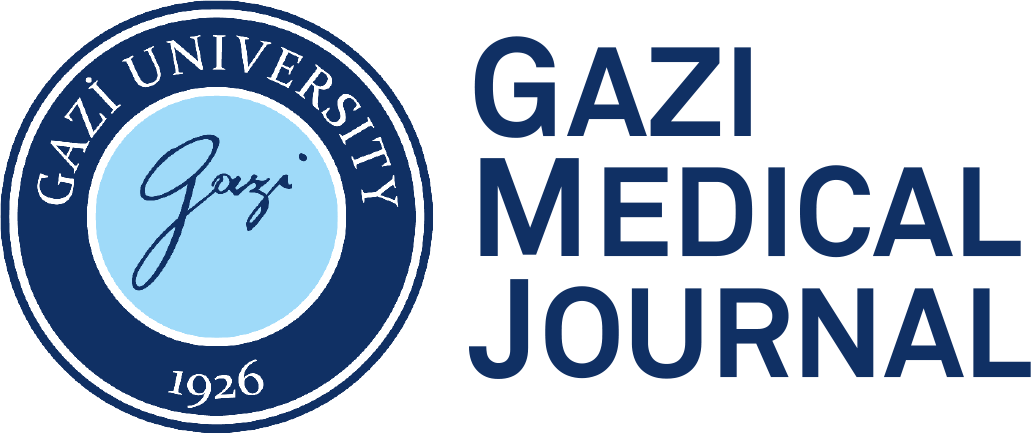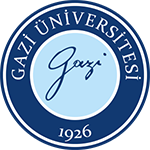ABSTRACT
The objective of this case report is to present a rare case of patellar tendon avulsion at the tibial tubercle in a 12-year-old male patient and describe the surgical treatment and rehabilitation process. A 12-year-old male patient with an otherwise healthy status presented with a rupture of the patellar tendon without bony involvement after sustaining a knee injury during a soccer game. Treatment involved a combination of end-to-end suture, support with anchors, and patellar reinforcement using a cerclage wire, a unique approach not previously documented for the pediatric population. Early range of motion exercises were initiated with the use of a functional knee brace. The patient’s progress was assessed through Lysholm and Kujala Scores, as well as a visual analog scale (VAS) for pain. At the final follow-up, conducted 6 months after the surgery, the patient showed satisfactory knee function, with Lysholm and Kujala scores of 85 and a VAS pain score of 0. Radiographic examinations confirmed the successful healing of the patellar tendon with full range of motion in the knee joint. Patellar tendon avulsion at the tibial tubercle is a rare injury in the pediatric population, requiring early diagnosis and prompt surgical treatment to preserve the extensor mechanism and prevent functional loss. The presented combination of end-to-end suture, cerclage wire reinforcement, and anchor support proved effective in this case. This report contributes valuable insights into the treatment of distal patellar tendon avulsion in pediatric patients and emphasizes the importance of appropriate management of such injuries to ensure optimal recovery and knee function. Further research and prospective studies are warranted to validate the efficacy of this surgical approach in larger cohorts.
INTRODUCTION
Complete extensor mechanism injuries are rare conditions in the pediatric population. However, participation in sports at a younger age exposes individuals to injuries of the musculoskeletal system. Patellar tendon injury makes up 3% of all extensor mechanism problems. Aseptic conditions such as Sinding-Larsen-Johanson’s disease and Osgood-Schlatter’s disease predispose severe patellar tendon injuries in adolescents. Patellar tendon rupture is rarer, with an incidence of 0.68 per 100,000 people. It usually occurs in male adults over the age of 40 (1). It has been reported in 7% of pediatric patients. Patellar tendon rupture usually occurs in the proximal insertion region in mature adolescents, and tibial tubercle avulsion injuries are rare in the pediatric population (2). The limited number of cases of distal patellar tendon rupture described in the literature has been reported in adults, and most of them are associated with additional intra-articular lesions (anterior cruciate ligament and medial collateral ligament tears, meniscal damage) (2-4). To our knowledge, there are few publications in the literature that report on the treatment and outcomes after distal patellar tendon avulsion in the pediatric population (5, 6). Although distal patellar tendon avulsion is rare in the pediatric population, it can cause serious problems such as knee pain and loss of function in the extension mechanism. Therefore, it is important to be aware of these injuries. We describe here a case of patellar tendon avulsion at the tibial tubercle, with a fleck of bone acting as a sleeve from the epiphyseal bone of the proximal tibia, and its surgical treatment.
CASE REPORT
A 12-year-old male patient was admitted to our outpatient clinic with complaints of swelling and loss of knee extension after sustaining a knee injury 9 days prior to his visit during a soccer game. There was a gross hematoma, and he was unable to extend his knee due to the pain on the anterior aspect of the knee. On his x-rays, the right patella had migrated cranially, while the contralateral patella sat in its anatomically correct position (Figure 1). Magnetic resonance imaging revealed disruption of the patellar tendon at the tibial tuberosity (Figure 2). Although there was no sign of fracture at the tibial tuberosity, Osgood-Schlatter sign was visible on plain x-rays bilaterally. The Lysholm Score was 35, Kujala Score was 26, and VAS pain score was 4 before the surgery. Surgery was performed after confirming the pure avulsion at the tuberosity via magnetic resonance imaging. During surgery, a small flake of epiphyseal bone attached to the patellar tendon was observed. Cerclage wire was used during the approximation of the tendon to the tuberosity, while augmented polyethylene sutures with 2 footprint anchors (FOOTPRINT Ultra PK, Smith & Nephew, USA) were used to repair the tendon to the tuberosity medially and laterally (Figure 3). The knee was immobilized with an angle-adjustable knee brace set to keep the joint at full extension for 6 weeks, and the brace was removed for passive exercises. Brace was taken off at 12 weeks. The cerclage wires remained, and the control radiographs and physical examination showed successful healing of the tendon with full range of motion of the knee joint (Figure 4). The immediate postoperative range of motion of the knee is demonstrated in Supplementary Video 1. At months follow-up, Lysholm and Kujala Scores were 85 and VAS pain score was 0.
Rehabilitation
Rehabilitation started immediately after the surgery. Full passive knee flexion and extension exercises isometric knee extension and hip abduction and adduction exercises were started immediately. Active-assisted knee extension exercise was started after 3 weeks and active knee extension was allowed after 6 weeks. Toe-touch weight-bearing with crutches was allowed after the third week postoperatively. Weight-bearing as tolerated was allowed 6 weeks after the surgery, and full weight bearing without crutches and a brace was allowed 12 weeks postoperatively. Sports-specific exercises were started gradually, and athletes returned to sports at 6 months.
DISCUSSION
Patellar tendon ruptures, common in the 3rd and 4th being the injuries of 3rd and 4th decade of life are rarely seen in the pediatric population and can be isolated, involve the inferior patellar pole or with accompanying tibial tubercle avulsion. Frequency of sustained patellar tendon injuries in children has increased with the rise of popularity of sports and recreational activities. The mechanism behind this injury is believed to be the increased strain on the tendon due to the forced extension of the knee while the leg is flexed (7).
Although the condition is rare, early diagnosis is necessary to provide the needed treatment as soon as possible, avoid functional loss in the future, and preserve the extensor mechanism. Early diagnosis may be hindered by acute swelling and pain, and delayed diagnosis there will be need for more complicated surgical methods (8). Radiological tools could be used to aid the diagnosis.
For the partial ruptures of patellar tendon, non-operative methods such as bracing may be used. In cases of total rupture and disruption of the extensor mechanism, operative techniques such as primary end-to-end repair should be used. Reconstruction with a tendon allograft is reserved for chronic conditions where ruptured ends could not be brought together (9). In the available literature, for the treatment of acute and subacute patellar tendon rupture, the use of the Krakow technique and anchoring, is endorsed, and a cerclage wire or a polydioxanone suture may be used to further stabilize the patella. The use of end-to-end suture and fixation of the patella with cerclage wire was reported to have satisfactory outcomes postoperatively in traumatic patellar tendon rupture without bony involvement (5). As Bushnell et al. (10) reported, using a suture anchor technique in primary repair improved the functional outcome considerably, but due to the lack of data for the comparison of methods, there might be a need for randomized trials. Usage of cerclage wire may benefit the outcome of the operation by providing stability for the patella and further security for primary sutures and footprint anchors used, when compared to other options. According to the tests conducted by İyigün et al. (11) support with a wire was shown to provide the most biomechanical support compared to other methods. Disadvantages of this procedure include a need for reoperation to remove the wire (12).
Additionally, Ravalin et al. (13) recommend the use of patellar tendon augmentation to decrease the risk of gap formation at the healing site, which, if formed, may lead to clinical failure and extensor mechanism lag. With patellar tendon augmentation, the patient may be mobilized earlier than patients treated without augmentation. Use of Achilles tendon allograft for augmentation yielded satisfactory results in massive ruptures, such as in the case of late repair of bilateral patellar tendon rupture by Muratli et al (8).
No standard postoperative rehabilitation protocol existed in current literature, except for our previous study, which addressed rehabilitation after tibial tuberosity fractures (14). In our case, an end-to-end suture, reinforcement with a cerclage wire, and fixation with footprint anchors were used. In our opinion, combination of all three methods was suitable to address the extensive rupture of the patellar tendon and could reduce the risk of tendon re-rupture. Moreover, use of footprint anchors compared to the use of staples or K-wire fixation doesn’t require reoperation for implant removal. In the follow-up of our patient, we were able to observe good functional and radiological outcomes following our approach. Informed consent was waived from the patient for inclusion in the study. All procedures in the studies involving human participants were performed in accordance with the ethical standards of the institutional and/or national research committee and with the 1964 Helsinki Declaration and its later amendments or comparable ethical standards.



